Unveiling the Future: The Convergence of Blockchain and Artificial Intelligence
The article discusses the combination of blockchain technology (BCT) and artificial intelligence (AI) and their potential impact on various industries. It starts by providing a brief history of AI, tracing its origins back to the mid-20th century and highlighting key milestones such as the Dartmouth Conference and the development of early AI programs. The article then moves on to discuss the history of blockchain, noting its conceptual origins in the 1980s and its mainstream introduction with the advent of Bitcoin in 2008. It highlights the core tenets of blockchain, such as decentralization and transparency, and its applications beyond cryptocurrencies, including supply chain management and healthcare.
The article explores the marriage of AI and blockchain, emphasizing the complementary nature of these technologies. It suggests that blockchain's secure and decentralized architecture provides a reliable framework for data integrity, while AI's pattern recognition and predictive analytics capabilities unlock the potential within vast datasets. The partnership between AI and blockchain has the potential to enhance security, efficiency, and productivity in dynamic business environments.
The article then delves into key areas where the combination of AI and blockchain brings value. It discusses authenticity, highlighting how blockchain's transaction history ensures authenticity and can address the challenge of explainable AI (XAI) by providing insights into the framework behind AI. It explores augmentation, which involves leveraging AI systems to enhance human capabilities, decision-making, and productivity. It also discusses automation, noting how the integration of AI and automation with blockchain's trusted data can enhance value creation.
The article concludes by showcasing innovative AI projects that push the boundaries of AI in unconventional ways. It mentions Rainfall, a decentralised privacypreserving personal intelligence platform that allows individuals to earn financial rewards from their data while maintaining control over its use. It also highlights DeepMind's AI system that learns new skills by watching humans and the significance of spatial computing in enabling AI to engage with the real world.
Overall, the article presents the marriage of AI and blockchain as a powerful partnership with the potential to revolutionize various industries. It discusses the opportunities and challenges of this union and emphasizes the importance of responsible and equitable deployment of AI and blockchain solutions.
The article discusses the combination of blockchain technology (BCT) and artificial intelligence (AI) and their potential impact on various industries. It starts by providing a brief history of AI, tracing its origins back to the mid-20th century and highlighting key milestones such as the Dartmouth Conference and the development of early AI programs. The article then moves on to discuss the history of blockchain, noting its conceptual origins in the 1980s and its mainstream introduction with the advent of Bitcoin in 2008. It highlights the core tenets of blockchain, such as decentralization and transparency, and its applications beyond cryptocurrencies, including supply chain management and healthcare.
The article explores the marriage of AI and blockchain, emphasizing the complementary nature of these technologies. It suggests that blockchain's secure and decentralized architecture provides a reliable framework for data integrity, while AI's pattern recognition and predictive analytics capabilities unlock the potential within vast datasets. The partnership between AI and blockchain has the potential to enhance security, efficiency, and productivity in dynamic business environments.
The article then delves into key areas where the combination of AI and blockchain brings value. It discusses authenticity, highlighting how blockchain's transaction history ensures authenticity and can address the challenge of explainable AI (XAI) by providing insights into the framework behind AI. It explores augmentation, which involves leveraging AI systems to enhance human capabilities, decision-making, and productivity. It also discusses automation, noting how the integration of AI and automation with blockchain's trusted data can enhance value creation.
The article concludes by showcasing innovative AI projects that push the boundaries of AI in unconventional ways. It mentions Rainfall, a decentralised privacypreserving personal intelligence platform that allows individuals to earn financial rewards from their data while maintaining control over its use. It also highlights DeepMind's AI system that learns new skills by watching humans and the significance of spatial computing in enabling AI to engage with the real world.
Overall, the article presents the marriage of AI and blockchain as a powerful partnership with the potential to revolutionize various industries. It discusses the opportunities and challenges of this union and emphasizes the importance of responsible and equitable deployment of AI and blockchain solutions.
Lately, it seems that if you slap an 'AI' onto the backend of any Web3 project’s name, you’ll trigger a rush of investor interest looking to capitalise on a sector that can sometimes feel a bit ‘meme-esque’. Regardless of all these new ‘projects.ai’ coming out of the woodwork, it's important to bypass the hype and recognize that both blockchain technology (BCT) and artificial intelligence (AI) are undoubtedly spearheading technological innovation.
Their significance often gets overshadowed by the countless amount of emerging ventures toting average products. This article will hone in on blockchain and AI technology, aiming to move past the ‘meme vibes’ to highlight the beauty of the union between these two technologies. We’ll begin by tracing AI's modest origins, briefly exploring the inception of blockchain, exploring how they complement each other, and then highlighting some intriguing advancements.
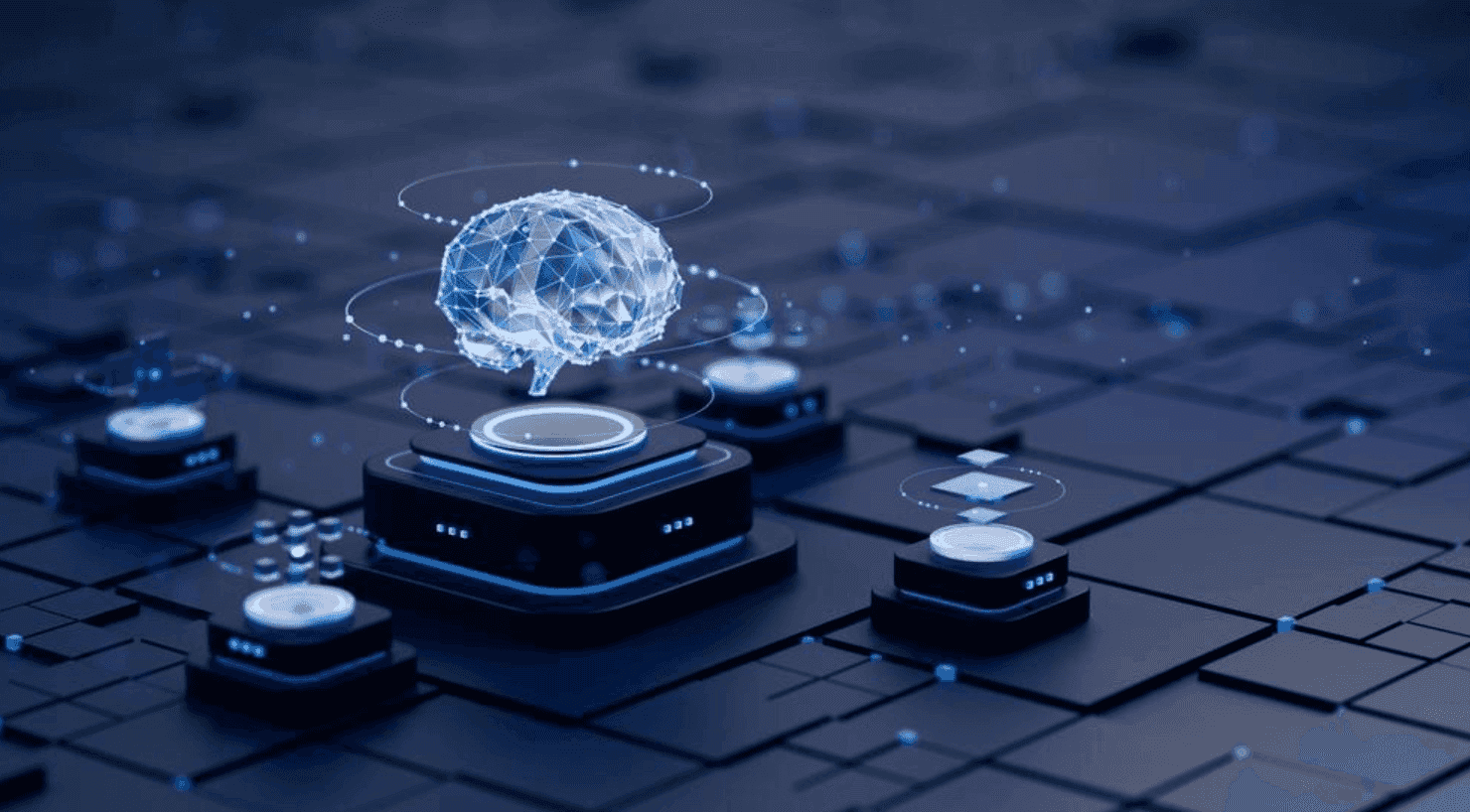
AI: A Brief History
AI is one of the most transformative fields of modern technology, with its roots extending back to the mid-20th century. Understanding the evolution of AI requires a journey through key milestones that have shaped its trajectory. The Dartmouth Conference of 1956 is a foundational moment and is often considered the birth of AI. This gathering of leading scientists marked the beginning of organised research efforts into AI, igniting a pursuit to create intelligent machines capable of human-like cognition.
Following this landmark event, the concept of the Turing Test, proposed by Alan Turing in 1950, became a cornerstone in AI research. This test, evaluating a machine's ability to exhibit intelligent behaviour indistinguishable from that of a human, continues to serve as a fundamental benchmark in assessing AI capabilities. The subsequent decades witnessed the development of early AI programs such as the Logic Theorist and the General Problem Solver, showcasing problem-solving and theorem-proving capabilities. These pioneering efforts laid the groundwork for further exploration and advancement in the field.
In the 1970s and 1980s, the advent of expert systems marked a significant milestone in AI history. These systems, designed to mimic human expertise in specific domains, exemplified practical applications of AI in areas such as medical diagnosis and chemical analysis. The resurgence of neural networks in the 1980s and 1990s brought renewed interest in AI, leading to breakthroughs in machine learning and pattern recognition. This period of innovation set the stage for future advancements, particularly in the realm of deep learning. In 1997, IBM's Deep Blue made history by defeating world chess champion Garry Kasparov in a six-game match, demonstrating the potential of AI in strategic decision-making and complex problem-solving.
The early 21st century witnessed the DARPA Grand Challenge in 2004, a competition that spurred innovation in robotics and autonomous systems, paving the way for advancements in areas such as self-driving cars. The subsequent decade saw remarkable breakthroughs in deep learning, culminating in AlphaGo's victory over Go world champion Lee Sedol in 2016. This achievement showcased AI's ability to master complex games with vast decision spaces, underscoring its potential in diverse domains.
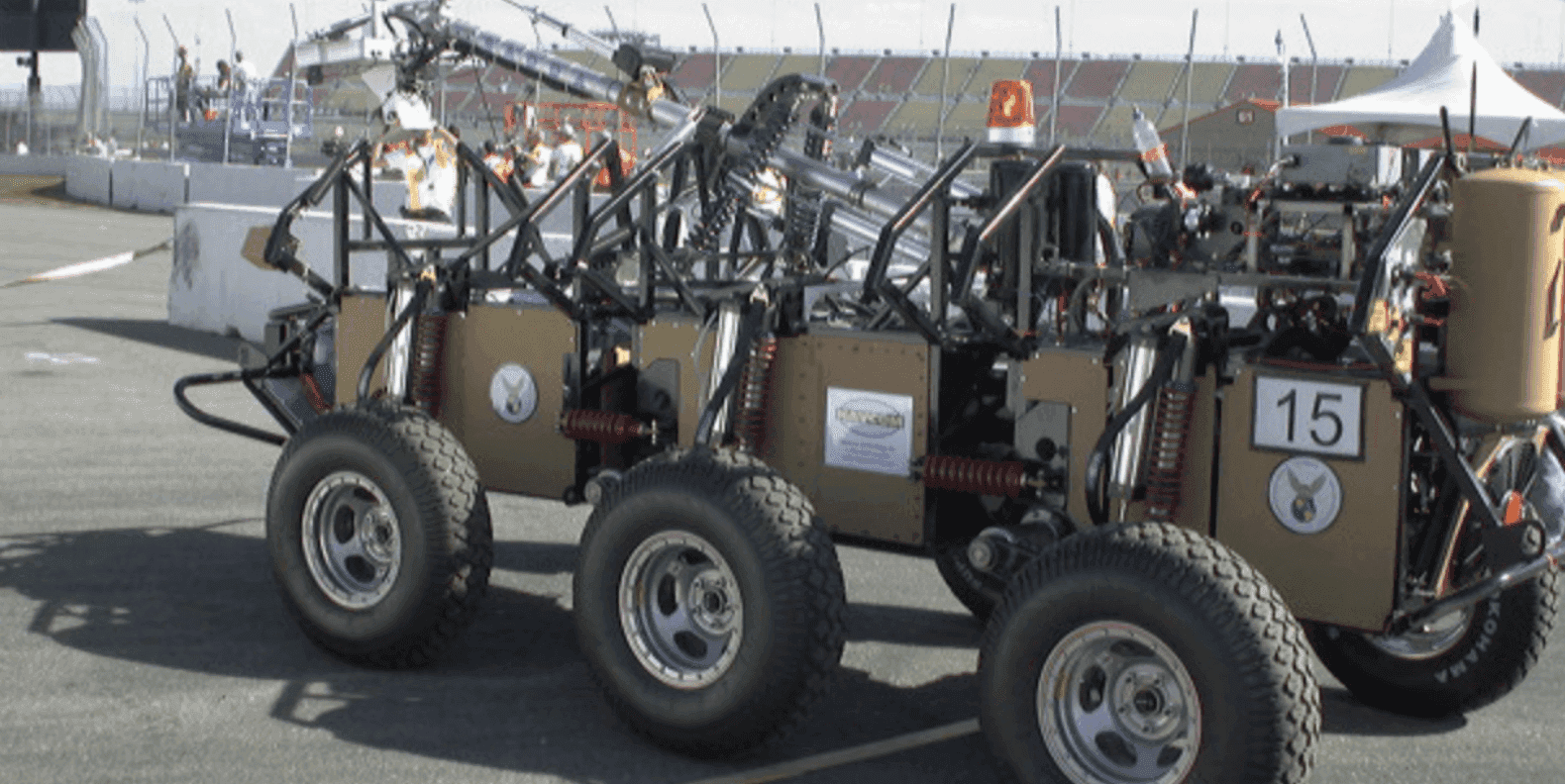
The dawn of the 2020s brought the emergence of OpenAI's GPT-3, a language model with 175 billion parameters, representing a milestone in natural language processing and AI's capacity to generate human-like text. Its release prompted discussions on ethical and societal implications, highlighting the ongoing evolution of AI technology. As we dig into these important moments in AI history, it becomes clear that the field has undergone a remarkable journey of innovation and discovery. Now let’s turn our attention to the history of Blockchain Technology (BCT), so we can gain insights into why these two technologies' union holds such significance.
Brief History of Blockchain
Blockchain traces its conceptual origins back to the 1980s. Cryptographer David Chaum proposed the notion of a blockchain-like protocol in 1982, envisioning a system where computer networks could foster trust among inherently distrustful parties. This foundational concept gained further refinement in 1991 when researchers Stuart Haber and W. Scott Stornetta developed a cryptographically secured chain of blocks, aiming to create a tamper-proof system for document timestamps.
However, it was not until 2008 that BCT burst into the mainstream with the advent of Bitcoin. Under the pseudonym Satoshi Nakamoto, an enigmatic figure introduced the world to Bitcoin. Nakamoto's groundbreaking innovation lay in creating the blockchain—a public distributed ledger that transparently and securely records all Bitcoin transactions. With the launch of Bitcoin in January 2009, the first real-world application of Blockchain Technology came to be.
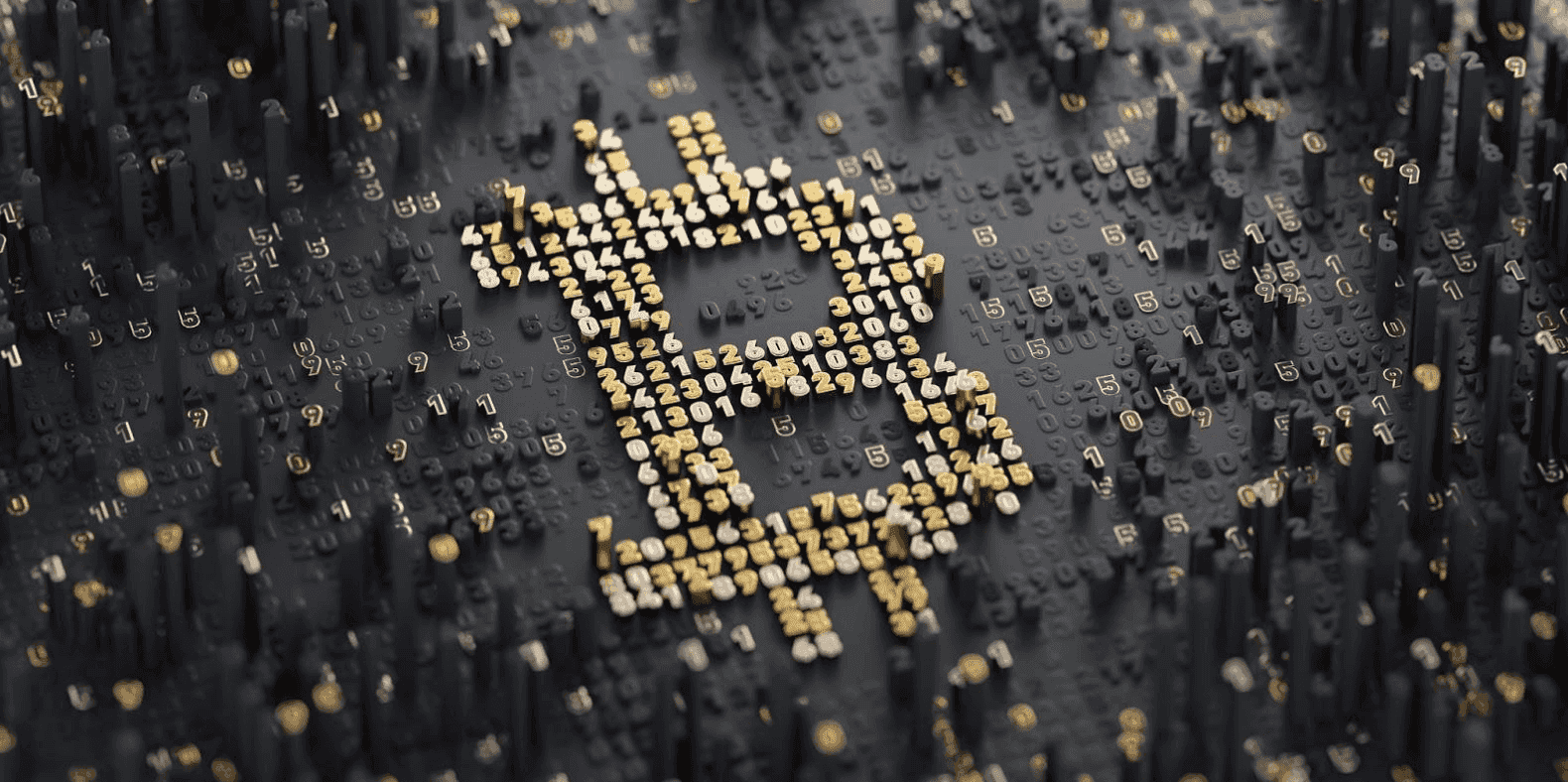
Throughout the 2010s, BCT underwent a remarkable evolution beyond Bitcoin. Its core tenets of decentralisation, immutability, and transparency captured the imaginations of innovators. The introduction of smart contracts, self-executing agreements embedded within the blockchain, revolutionised automation and trust. In 2015, Ethereum propelled blockchain capabilities to new heights by empowering developers to build decentralised applications (DApps) utilising smart contracts.
As most of us now know, BCT goes well beyond its origins in cryptocurrencies, finding application in a variety of industries such as supply chain management, healthcare, finance, and voting systems. Various consensus mechanisms, including Proof of Work and Proof of Stake, safeguard the integrity of blockchain networks. Additionally, innovations such as DeFi NFTs continue to push the boundaries of what is achievable.
So what happens when we put both AI and Blockchain together? Magic.
Marriage of the Titans: Blockchain and Artificial Intelligence
Blockchain, known for its decentralised architecture and cryptographic security, offers a legitimate fortress for data integrity. Meanwhile, AI, with its incredible pattern recognition and predictive analytics, unlocks the latent potential within vast datasets. Understandably, organisations recognized the potential to leverage blockchain's secure, decentralised ledger system alongside AI's capabilities to bolster security, efficiency, and productivity in dynamic business environments.
For brevity’s sake, let's quickly examine one compelling application of blockchain with AI to illustrate the significant collaboration between them and the transformative impact they can have. Later, we'll dig into actual cutting-edge AI projects that challenge conventional thinking and represent the forefront of innovation.
The partnership between AI and BCT is reshaping supply chain management, enhancing efficiency, transparency, and resilience. Through AI's analysis of extensive datasets and optimization of decision-making processes, coupled with blockchain's provision of secure and transparent data storage, these technologies collectively address critical challenges.
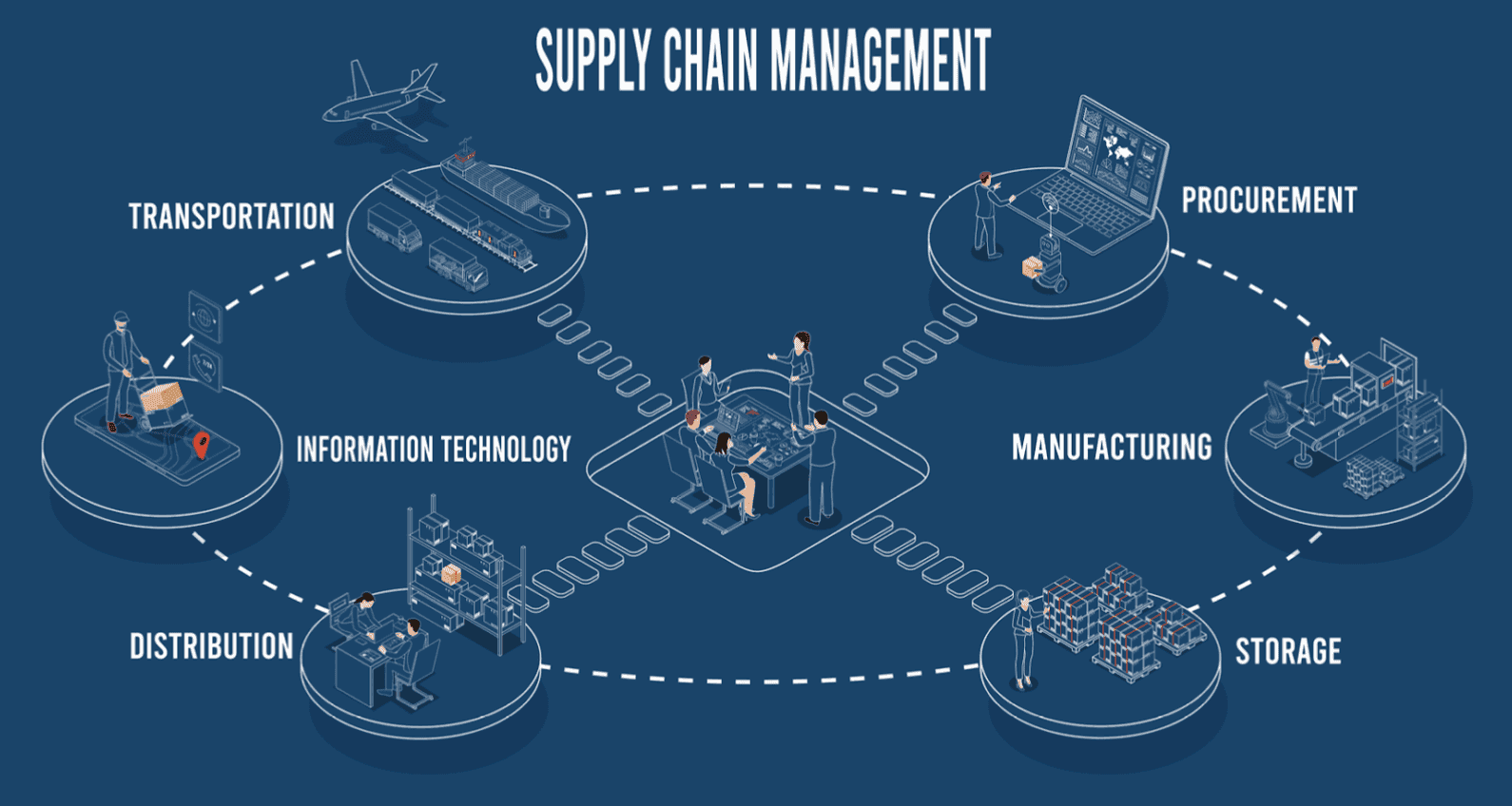
AI excels in uncovering patterns and optimising routes, while blockchain ensures the reliability and traceability of stored data. Together, they support data handling and decision-making within supply chains. Additionally, AI's predictive capabilities inform autonomous activities and demand forecasting, while blockchain automates processes and fosters transparency among stakeholders - optimising supply chain orchestration. In tandem, AI-powered sensors provide real-time tracking and predictive alerts, while blockchain's immutable ledger ensures accurate and auditable tracking. This enables supply chain participants to monitor conditions and anticipate disruptions effectively. Moreover, AI aids in risk prediction and mitigation, while blockchain's incorruptible records and smart contracts fortify fraud prevention measures.
Authenticity, Augmentation, and Automation
The integration of blockchain and AI yields combined values in three key areas worth considering: authenticity, augmentation, and automation. In this section, we’ll review these areas and break down some of their components to provide a comprehensive understanding of this synergy in this regard.
Authenticity
The blockchain's transaction history ensures authenticity, providing a digital record that can offer insights into the framework behind AI. This addresses the challenge of explainable AI (XAI), which is worth exploring further.
Explainable AI (XAI) refers to AI systems' ability to explain their decisions and actions in a manner understandable to humans. It tries to make AI algorithms transparent and interpretable, enabling users to understand why a particular decision was made or action taken. XAI is necessary for enhancing trust and accountability in AI systems, especially in fields where decisions have significant implications, such as healthcare, finance, and criminal justice.
XAI can also adapt to different AI models and applications. Some methods include rule-based explanations, which offer insights based on predefined rules or logical reasoning to enhance transparency in decision-making. Feature importance techniques identify and emphasise the significant features or factors that shaped the AI's decisions, helping users understand the decision-making process. Local interpretability explains individual predictions or decisions, enabling users to understand the AI model's behaviour in specific instances. On the other hand, global interpretability offers insights into the broader behaviour and operation of the AI model across its complete dataset or domain.
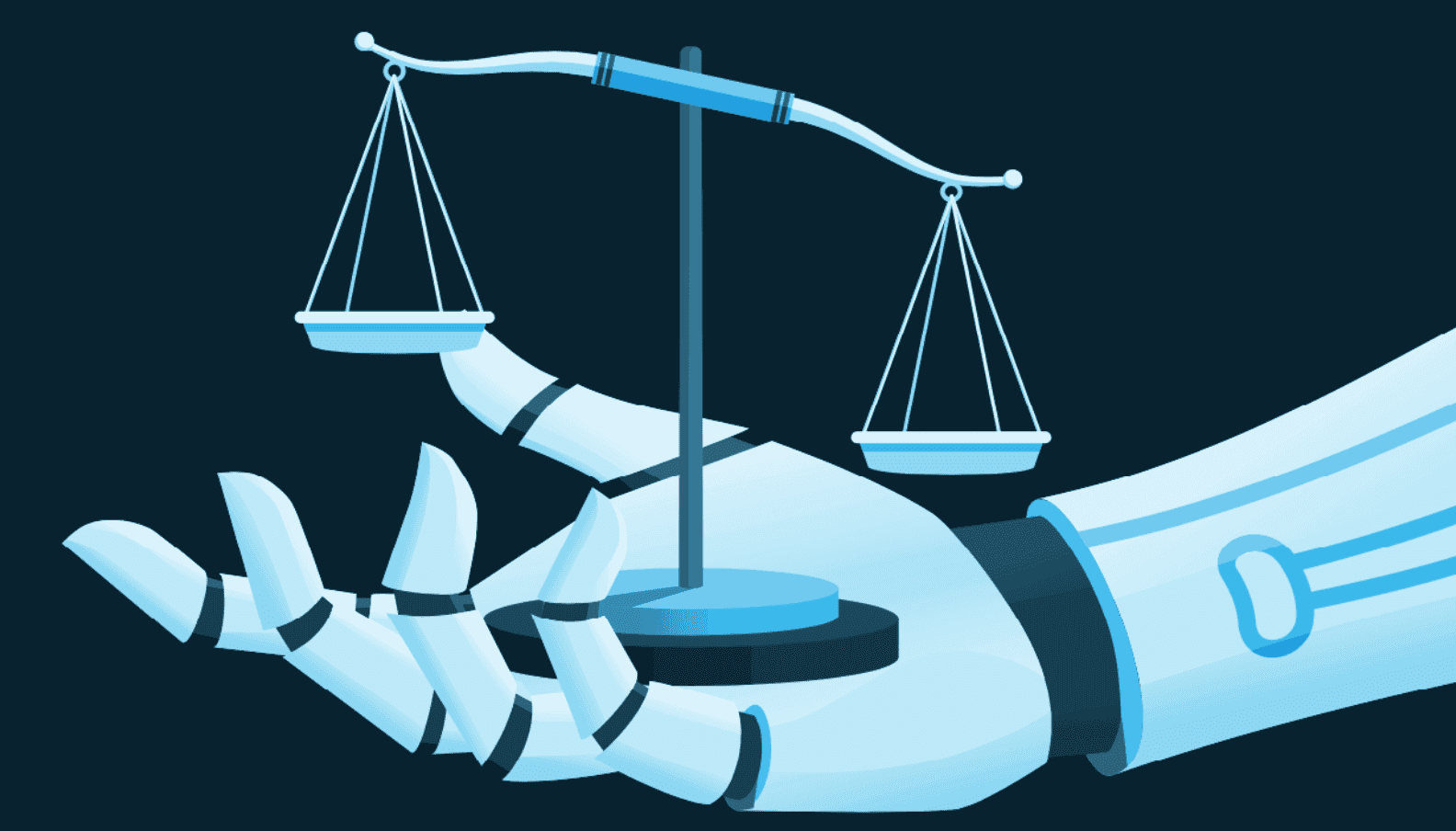
XAI is particularly important for addressing concerns related to bias, fairness, and ethics in AI systems. By enabling users to understand how AI models arrive at their conclusions, XAI helps identify and mitigate potential biases or errors in the decision-making process. Additionally, XAI facilitates human-AI collaboration by fostering trust and confidence in AI-driven recommendations and actions.
Augmentation
In the context of AI, augmentation refers to the enhancement of human capabilities through the use of artificial intelligence technologies. It involves leveraging AI systems to augment or amplify human intelligence, decision-making, and productivity, rather than replacing human workers entirely. Augmentation enables individuals and organisations to perform tasks more efficiently, make better-informed decisions, and achieve higher levels of performance by leveraging AI's capabilities in processing and analysing large amounts of data at incredible speeds.
Moreover, AI augmentation is further enhanced through the integration of BCT. Blockchain provides access to extensive datasets and facilitates scalable and trustworthy data management. By integrating blockchain, AI systems can deliver more actionable insights, optimise data usage and sharing, and contribute to the establishment of a transparent and reliable data economy within blockchain-based business networks.
Automation
Integrating AI and automation with blockchain's trusted data can enhance value creation. For instance, IBM Food Trust's Freshness module utilises AI to recommend product recalls based on expiration dates, while the IBM Sterling Supply Chain Suite employs advanced analytics to maintain inventory visibility and automate reordering during demand surges. This integration not only optimises processes but also provides deeper insights into AI operations, mitigating distrust and uncertainty surrounding the technology. IBM has strategically combined these technologies in various solutions such as IBM Food Trust, Blockchain Transparent Supply, and TradeLens, resulting in synergistic, continuously improving systems that offer enhanced data analysis, transparency, and security.
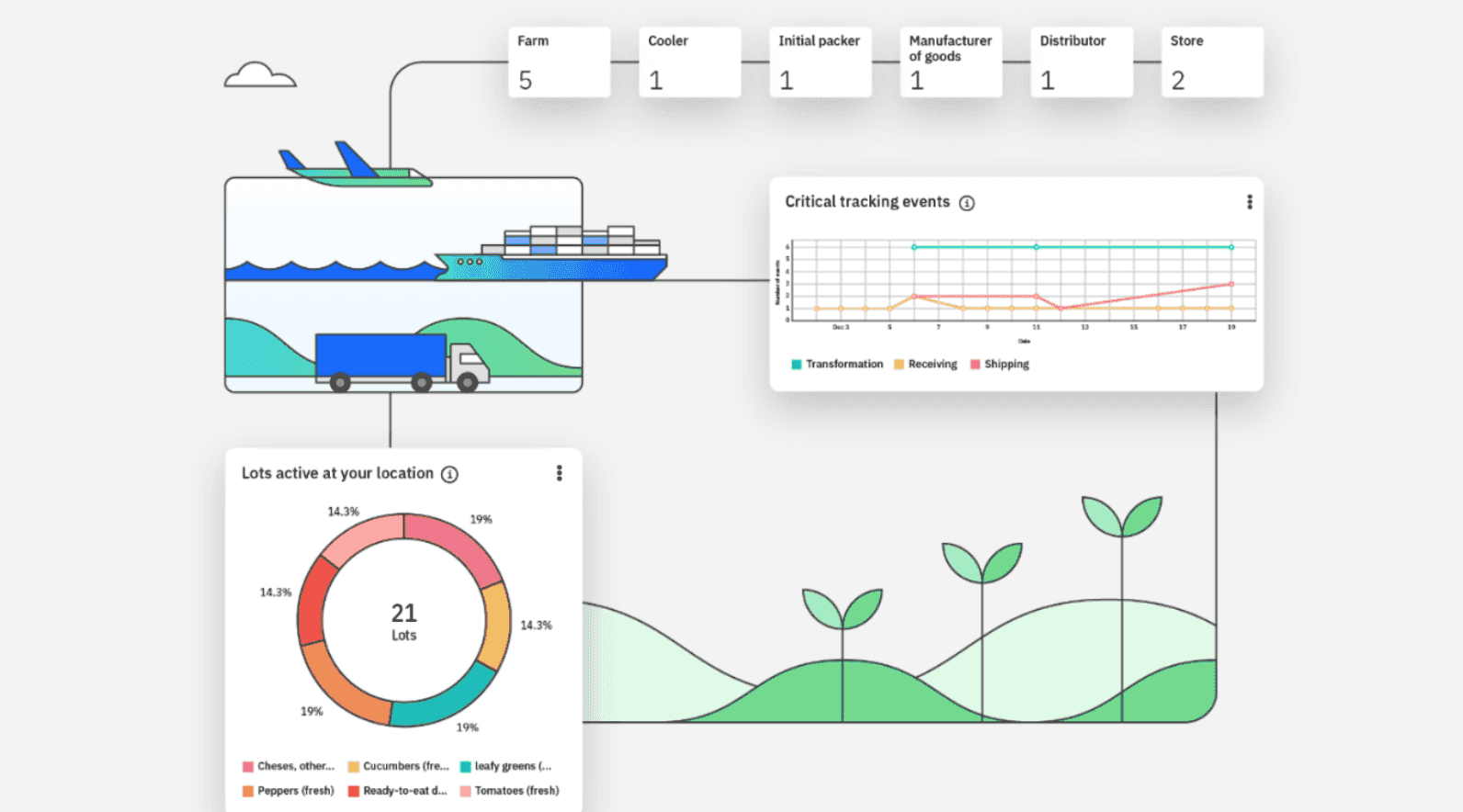
AI: At the Forefront of Innovation
Many of us interested in AI are familiar with popular tools like Chat-GPT, Grok, Co-Pilot, or Midjourney. Even if we don't recognize these names, we generally understand that AI services exist to write, code, draw, and even create videos for us—taking on virtually any task we can imagine. However, beyond these well-known projects, there are others pushing the boundaries of AI in unconventional ways. These projects are expanding AI's capabilities in unexpected directions. In this section, we'll explore some of these intriguing projects that may be developing solutions you didn't anticipate. Let's dive in for a closer look.
Personalised AI
Rainfall was designed to give individuals control of their data and derive value from it securely and privately. In today's global data economy, billions of connected devices generate massive amounts of data annually, resulting in trillions of dollars in proceeds. However, individuals often lack control over their own data, which creates economic value that should rightfully belong to them.
Rainfall addresses this issue by providing a decentralised, privacy-preserving personal intelligence platform. Through Rainfall, individuals can earn financial rewards from their data while maintaining control over its use. The platform operates on the principles of privacy-by-design, ensuring that data is encrypted, anonymized, and decentralised to preserve users' privacy.
Rainfall's edge-based generative AI interprets consent-based data to create high-value real-time social intelligence. Unlike traditional static data-driven intelligence, Rainfall's AI delivers generative insights by contextualising activities in space and time. These anonymized insights are then sold to businesses to better serve their customers.
Key benefits of Rainfall include its simplicity, privacy, safety, and transparency. Users can easily earn financial rewards from the data they choose to share, knowing that their data remains safe and secure via Rainfall’s use of ‘blind computation’. The technology behind 'blind computation,' pioneered by Nillion, carries substantial implications for Personal AI and merits further examination.
Disclaimer: Coin Bureau has invested in Nillion Network
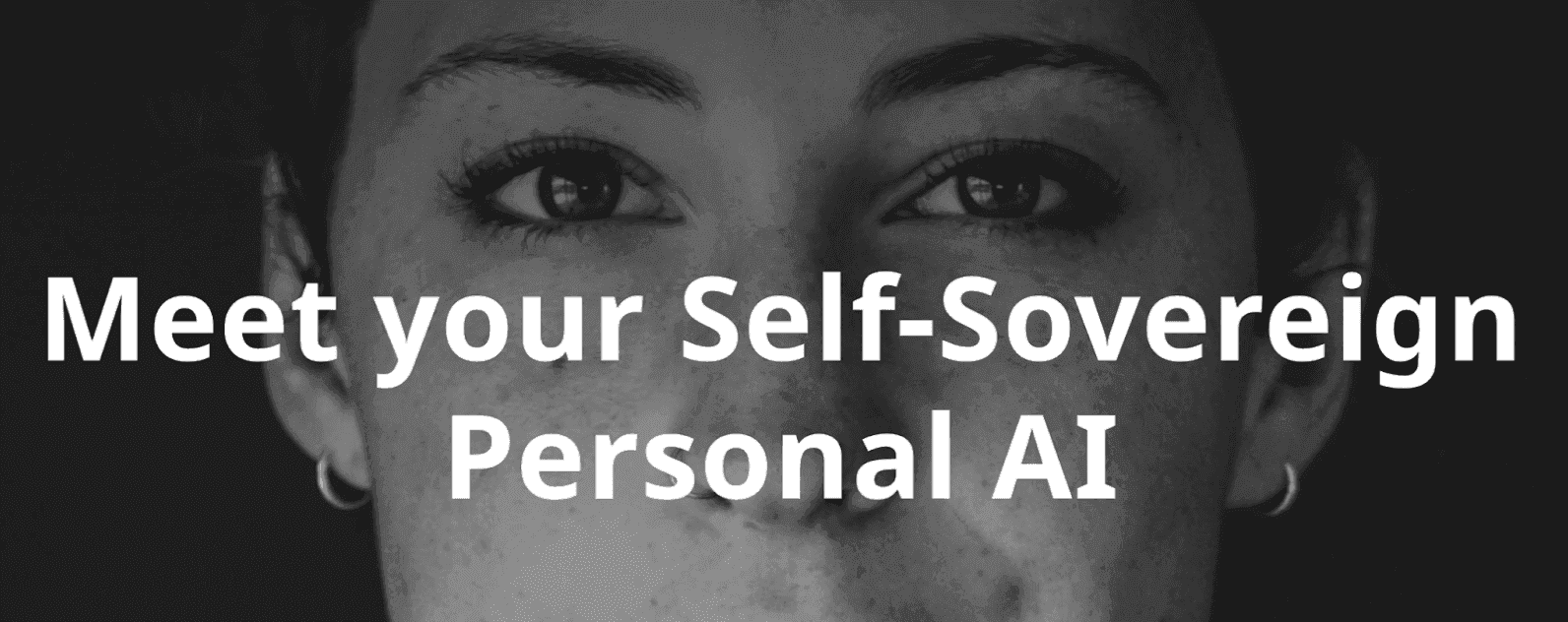
In the upcoming era where Personalized AI is commonplace, Nillion's blind compute technology ensures data privacy in personal AI. Leveraged by companies like Rainfall, it acts as a safeguard for sensitive information, which is extremely important as the industry experiences exponential growth.
With AI data destined to become a multi-trillion-dollar industry, the concept of having a digital clone—an AI assistant—that comprehends nuances, analyses communications, and provides tailored answers is inevitable, and essentially here. However, achieving truly personalised AI requires access to extensive user data, including personal messages and defining information, raising significant privacy concerns. Understandably, consumers are uncomfortable with personalised AI due to these concerns, prompting some companies to ban certain AI models.
This data comes in various levels, ranging from superficial information like social media posts to highly sensitive data including personal secrets and medical history, known as ‘Level 3’ data. Nillion's blind compute technology solves this problem by transforming data into an unrecognisable form and fragmenting decryption keys across a decentralised network. Nillion ensures privacy while allowing AI models, such as Rainfall’s Edge AI, to perform computations without direct access to personal data. This approach preserves privacy and facilitates the mass adoption of personalised AI by allowing individuals to own and control their data.
Google’s DeepMind: The Robots are watching you
Another interesting, and perhaps unsettling project is DeepMind, the renowned AI research laboratory, which has made significant strides in creating an AI system that rapidly learns new skills by watching humans. The approach involves real-time learning from human demonstrators, allowing AI agents to pick up new skills after just a handful of demonstrations, mimicking the efficient knowledge sharing seen in human social learning processes. To achieve this, DeepMind trained their agents in a specially designed simulator called GoalCycle3D.
In this simulator, blob-like AI agents navigate uneven terrain, overcome obstacles, and pass through coloured spheres in a specific order using reinforcement learning to improve their performance over many trials. Crucially, the environments also feature an expert agent, either hard-coded or controlled by a human, who already knows the correct route through the course. Over time, the AI agents learn not only the environment's fundamentals but also that the quickest way to solve each problem is to imitate the expert.
Although not quite the same thing, it's important to mention that WHIRL introduced the concept of learning from humans earlier with its In-the-wild Human Imitating Robot Learning. WHIRL enables robots to learn by observing humans, gathering video data, and eventually mastering tasks autonomously. DeepMind's recent work builds upon this idea, emphasising real-time learning from human demonstrators.
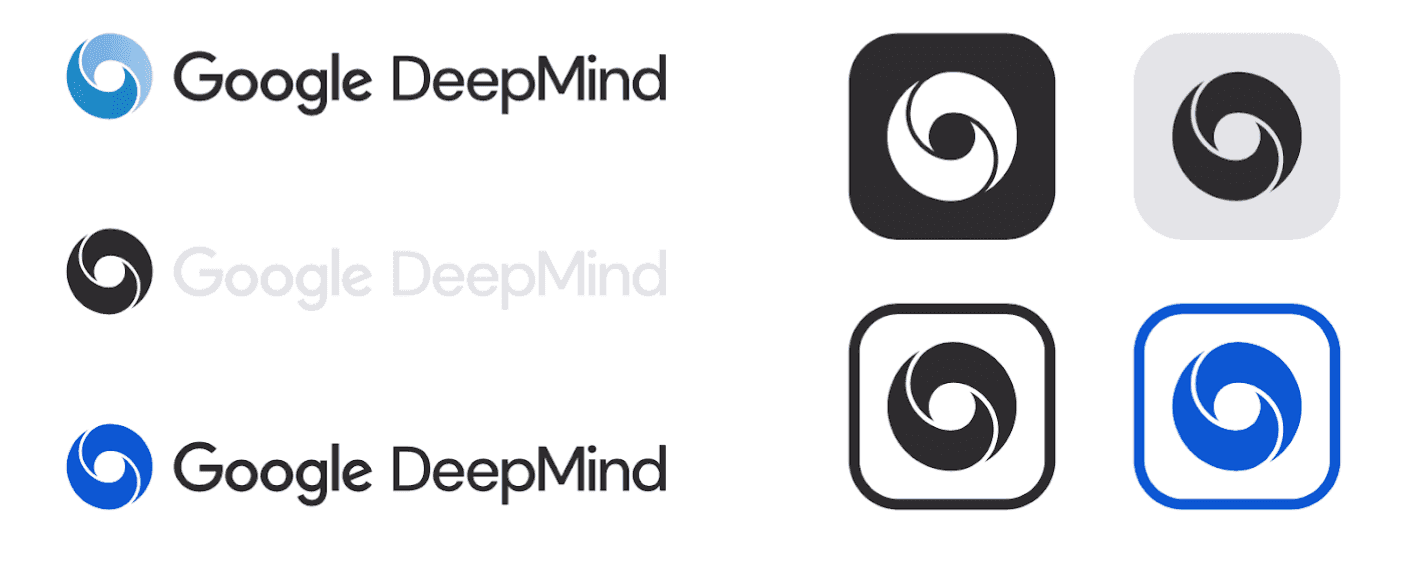
Posemesh & the Importance of Spatial Computing
In an age where the boundaries between the digital and physical spaces blur, spatial computing is revolutionising the way we interact with technology. Central to this revolution is the posemesh protocol, designed to equip artificial intelligence (AI) with spatial awareness, enabling it to transcend the digital confines and engage with the real world. Essentially, spatial computing allows digital devices to comprehend and interact with their surroundings.
It represents the next evolution of the internet, where AI steps out of screens to actively participate in our lives and engage with the tangible world, redefining how we experience reality. The posemesh protocol facilitates a universal and privacy-focused exchange of spatial data, ensuring that digital entities can coexist and interact meaningfully in our world.
The posemesh network also serves as a conduit for human and AI interaction in shared digital environments. By prioritising privacy and efficiency, the network enhances augmented reality (AR) experiences, enabling the creation of immersive environments where both humans and AI thrive.
Notably, the posemesh also plays a pivotal role in Decentralised Physical Infrastructure Networks (DePIN), offering a decentralised network that efficiently distributes computational power, democratising access to spatial computing resources and revolutionising industries such as retail and virtual real estate. DePIN represents the next frontier in AI and AR applications, crucial for supporting the computational demands of spatial computing.
The BCT underlying the posemesh, with its innovative burn-credit-mint economy, incentivizes participation and sustains decentralised infrastructure. As the posemesh continues to grow, it unlocks new possibilities for developers, businesses, and individuals, shaping a future where the digital and physical seamlessly converge.
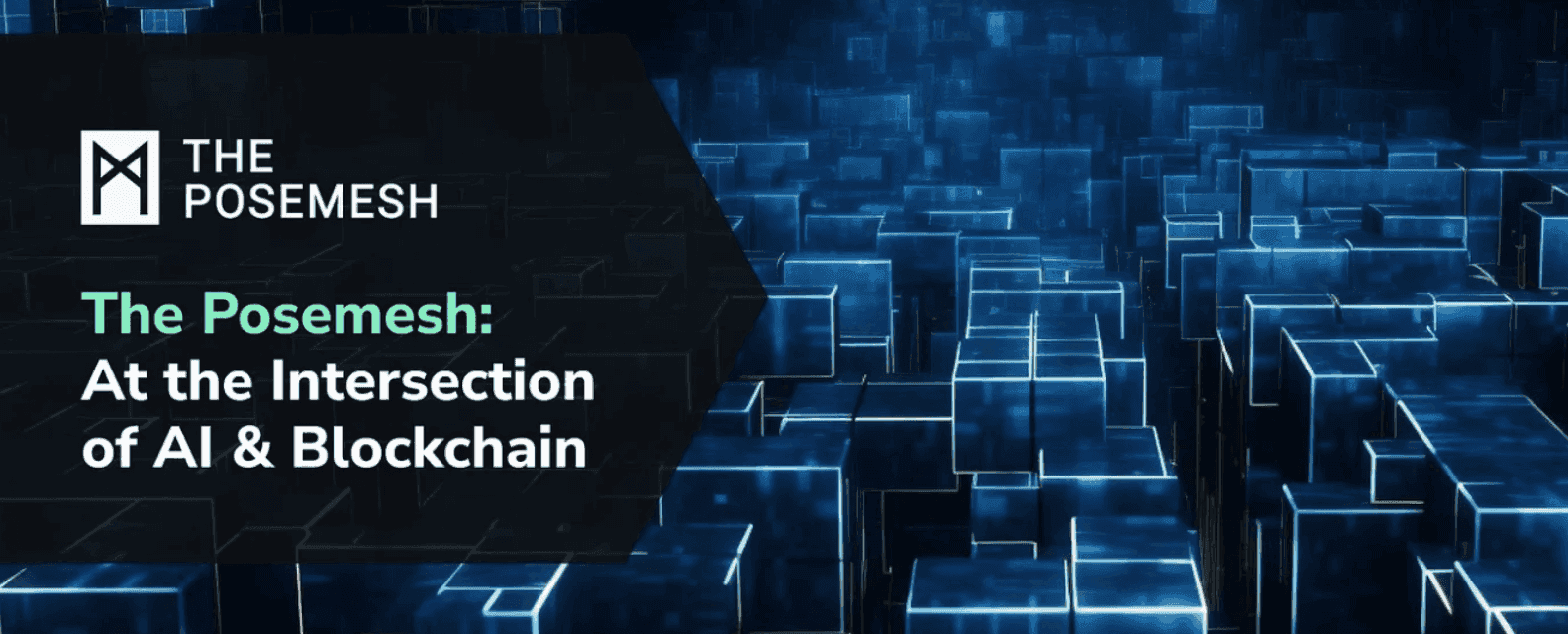
Crypto, AI & The Future: Conclusion
After reviewing some examples, it’s clear that the combination of AI and BCT is a powerful partnership that has the potential to drive transformation across diverse industries. AI, with its capacity for pattern recognition and predictive analytics, coupled with blockchain's decentralised architecture and cryptographic security, creates a formidable alliance ready to revolutionise how data is managed, analysed, and utilised.
The integration of AI and blockchain not only enhances trust and transparency but also unlocks new avenues for innovation and efficiency. From authenticating AI-generated data to augmenting human capabilities and automating complex processes, this union promises to reshape business and societal paradigms.
As we stand and watch it all unfold, it is important to recognize the opportunities and challenges it presents. Ethical considerations, data privacy concerns, and regulatory frameworks must be addressed to ensure responsible and equitable deployment of AI and blockchain solutions. By promoting collaboration and continued exploration, we can harness the full potential of this ‘marriage of titans’, to usher in a future where intelligent machines and decentralised networks work in harmony to drive progress and prosperity.
Frequently Asked Questions
The future holds immense promise as Blockchain and AI converge. Blockchain can provide a secure platform for training data, safeguarding AI models, and even creating decentralized AI marketplaces. This collaboration promises to revolutionize everything from supply chain management to personalized medicine, but challenges like scalability, explainability of AI, and evolving regulations need to be addressed to unlock its full potential
Blockchain and AI's powerful union promises to revolutionize industries to no limit. Imagine AI analyzing secure blockchain data to optimize supply chains, prevent fraud in real-time, and even unlock personalized medicine through secure patient data analysis and accelerated drug discovery.
Despite the undeniable potential of Blockchain and AI working together, hurdles remain. Scaling these resource-hungry technologies, ensuring transparency in complex AI decision-making, and navigating evolving regulations will be crucial to unlocking their full potential and building trust.
Disclaimer: These are the writer’s opinions and should not be considered investment advice. Readers should do their own research.


